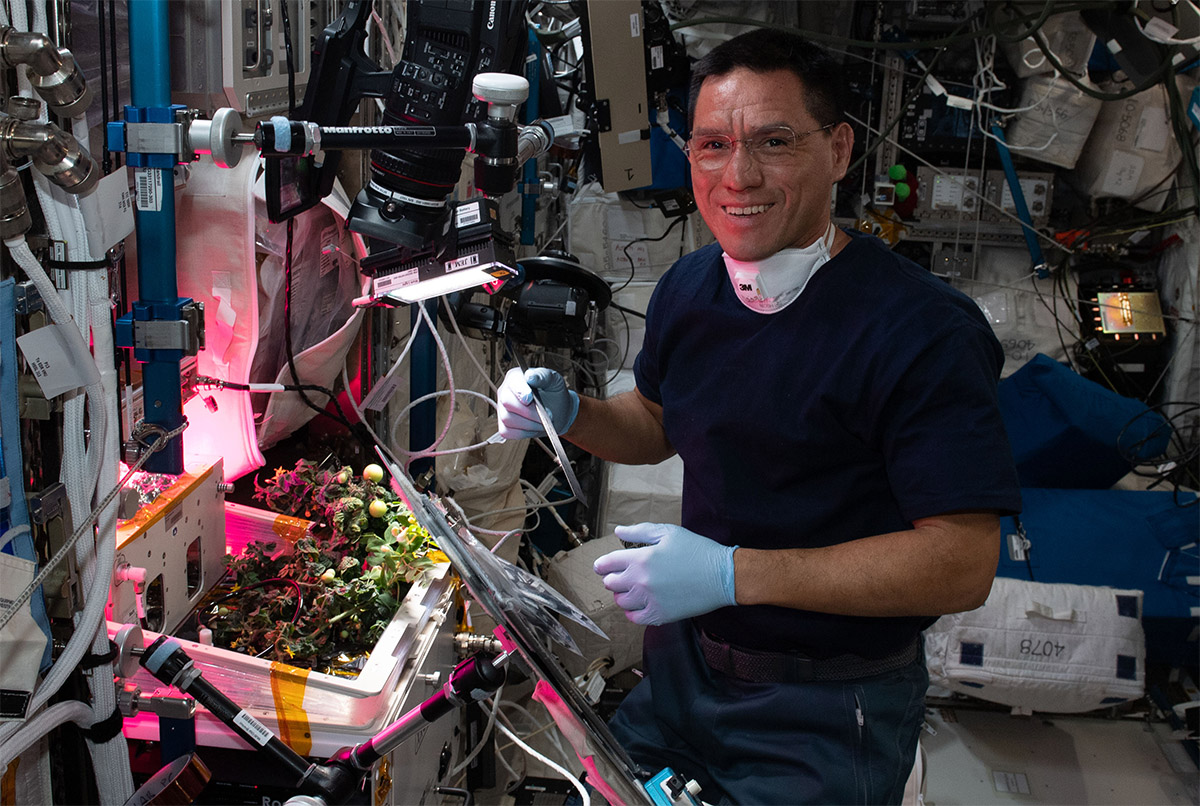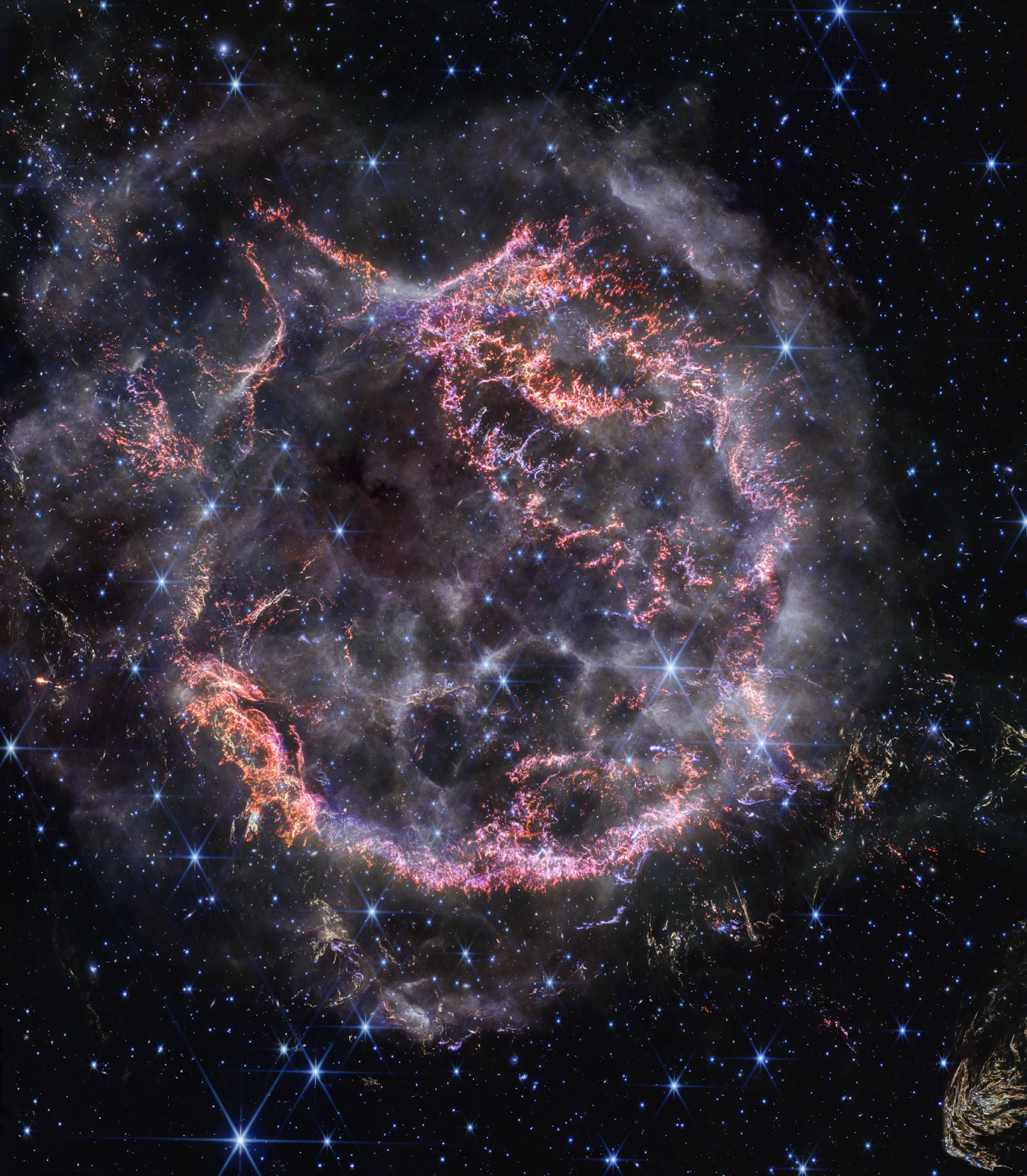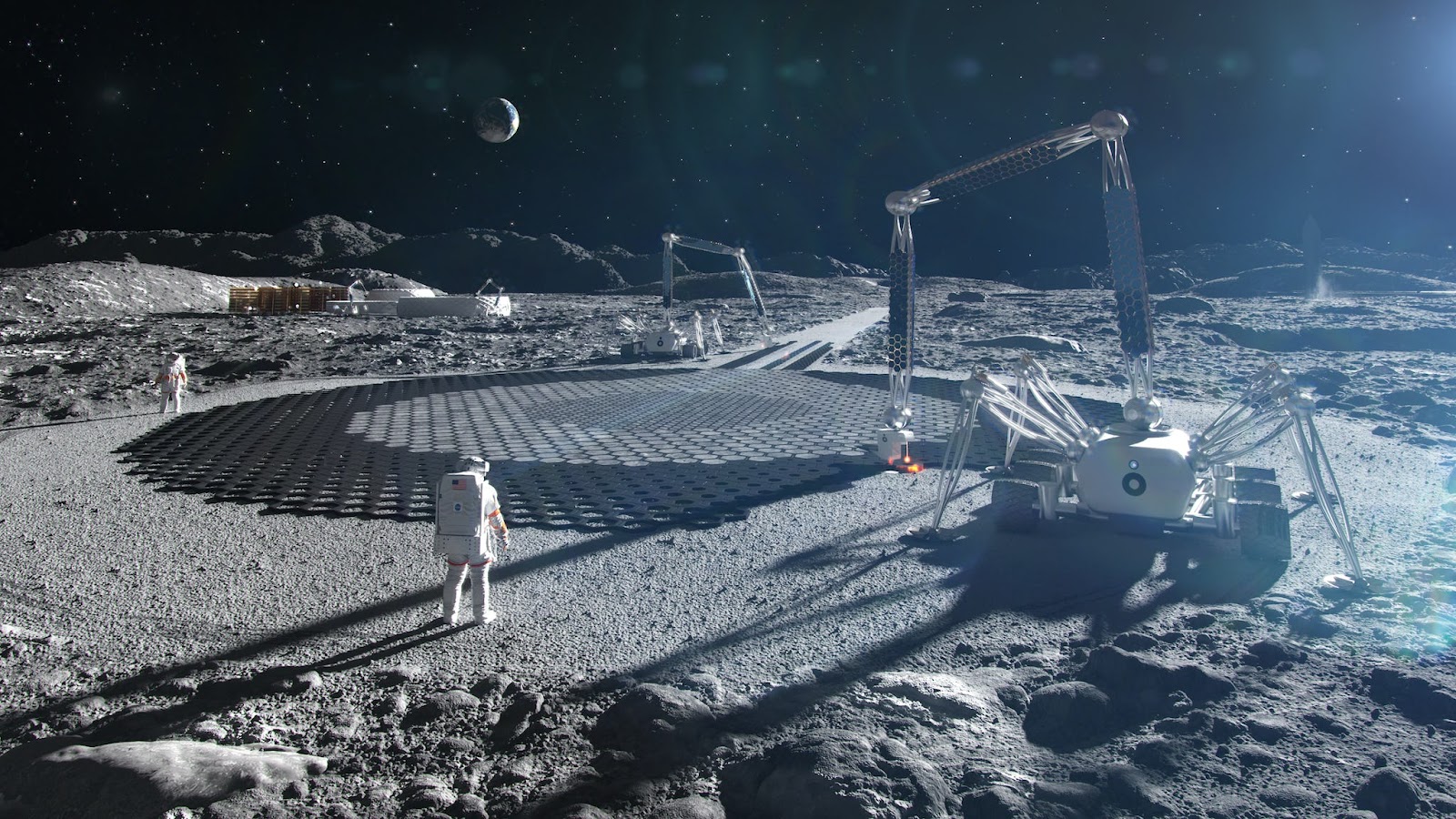This is T-Minus, where we count down the biggest developments in space, from new rocket launches to discoveries that advance our understanding of the universe and our place in it. Humanity is reaching new heights in space exploration. Make sure you’re part of the journey by subscribing here.


ISS tomato found
NASA astronaut Frank Rubio got into gardening during his record-breaking stint aboard the International Space Station (ISS), growing dwarf tomatoes for VEG-05, a study exploring the potential for astronauts to supplement their diets with fresh-grown produce during long missions.
Soon after Rubio harvested his tomatoes, though, one went missing — he apparently hadn’t sealed the bag containing it as tightly as he thought, and despite hunting for it for upwards of 20 hours, Rubio wasn’t able to locate the tomato before returning to Earth.
On December 6, the mystery of the missing mater came to an end, when NASA astronaut Jasmin Moghbeli reported during a NASA livestream that the tomato had been recovered — eliminating the risk of it interfering with any ISS equipment and clearing Rubio’s name.
“Our good friend Frank Rubio, who headed home [already], has been blamed for quite a while for eating the tomato,” said Moghbeli, “but we can exonerate him. We found the tomato.”


Webb’s stellar image
When a supermassive star runs out of fuel, it goes supernova, collapsing on itself and then exploding in spectacular fashion — these powerful explosions are so bright, they can be seen across the universe.
About 340 years ago from our perspective, a star about 11,000 light years away from Earth went supernova. This week, NASA shared a breathtaking new image of the supernova remnant, dubbed “Cassiopeia A” (Cas A), which was captured by the James Webb Space Telescope’s Near-Infrared Camera (NIRCam).
“With NIRCam’s resolution, we can now see how the dying star absolutely shattered when it exploded, leaving filaments akin to tiny shards of glass behind,” said lead researcher Danny Milisavljevic. “It’s really unbelievable after all these years studying Cas A to now resolve those details, which are providing us with transformational insight into how this star exploded.”


DARPA’s space club
Today, the moon might be Earth’s desolate, dusty satellite, but just 10 years from now, it could be bustling with activity — private and public groups alike have bold plans to build lunar roads and habitats, mine moon resources, establish lunar communication networks, and more.
To support these efforts, DARPA — the US Department of Defense’s R&D agency — has launched the 10-Year Lunar Architecture (LunA-10) Capability Study. During the 7-month program, it will facilitate collaboration between 14 companies, including SpaceX, ICON, and Firefly Aerospace, with the goal of laying the foundation for a thriving lunar economy.
“LunA-10 performers include companies both big and small, domestic and international, each of which brought a clear vision and technically rigorous plan for advancing quickly towards our goal: a self-sustaining, monetizable, commercially owned-and-operated lunar infrastructure,” said Michael Nayak, program manager in DARPA’s Strategic Technology Office.
We’d love to hear from you! If you have a comment about this article or if you have a tip for a future Freethink story, please email us at [email protected].





